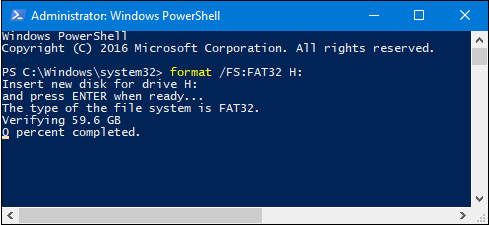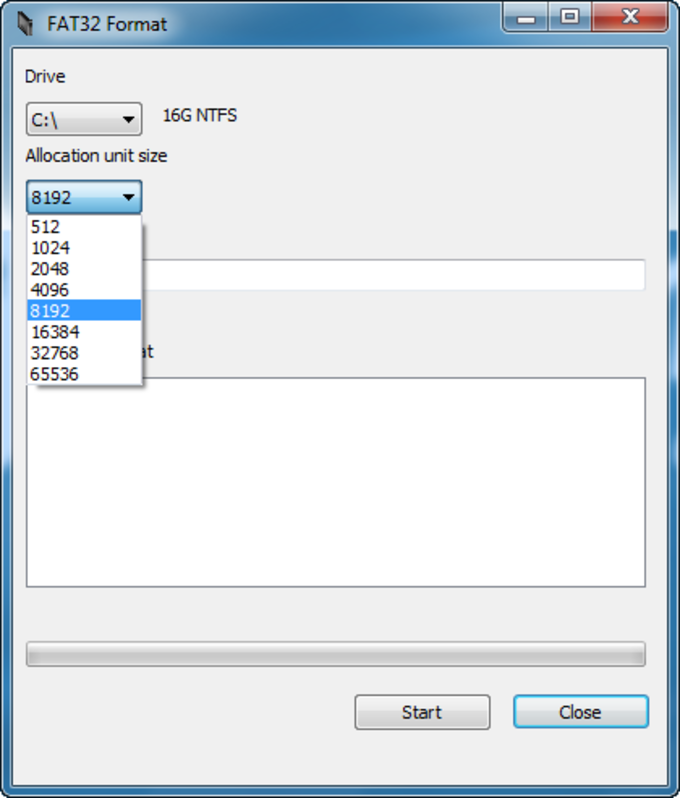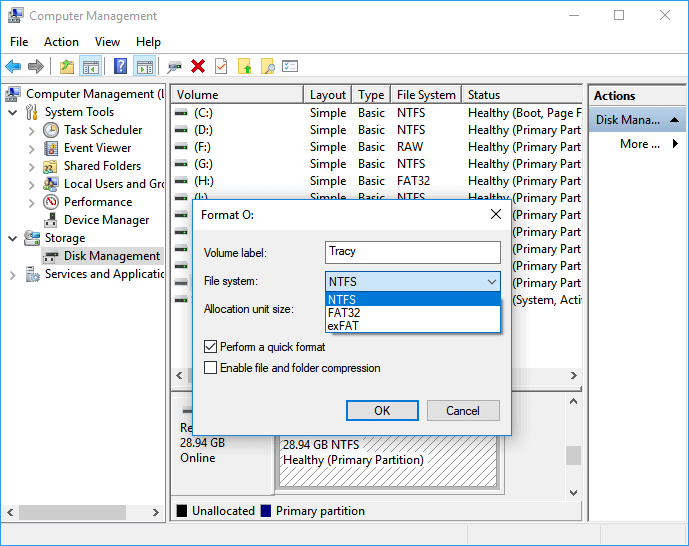

Information this can cause the new boot record not to work correctly.ĭisk format utilities work on a level lower than you may be typically Longer, but quick format does not reliably remove some of the previous

The standard format can take significantly

Use a third-party FAT32 format utility, or manually force Windows toįormat your drive as FAT32 from the command line using

Therefore, to format a drive in FAT32 format, you will have to either Windows can format a disk larger than 32 GB as FAT32. While Windows Vista does have a FAT32 option, no version of NTFS and exFAT file system options, but these are not as Windows 7 does not have a native option for formatting aĭrive in FAT32 format through the GUI it does have the Information here may no longer be accurate, and links may no longer be available or reliable. (However, there's a command-line method and a third-party app to format drives larger than 32 GB in FAT32 format.This content has been archived, and is no longer maintained by Indiana University. Also, the built-in graphical formatting options on Windows only let you format your drives in FAT32 if they're 32 GB or less in storage capacity. You can't store an individual file larger than 4 GB on a FAT32-formatted drive. While there are pros to using the FAT32 format, a few cons exist as well. You can't do that with an NTFS-formatted drive. Nearly all the devices support FAT32.Ī good example here is that you can add data to your drive from your Mac machine if your drive was formatted in FAT32. The most common one is that your drive will work with many more devices than if it was formatted in another file format, say NTFS. There are many reasons to format your drive in FAT32 format. Should You Format Your USB Flash Drive With FAT32? Make sure you've backed up your important files before proceeding to reformatting your drive. Formatting your drive with any file system erases all the data stored on the drive.


 0 kommentar(er)
0 kommentar(er)
